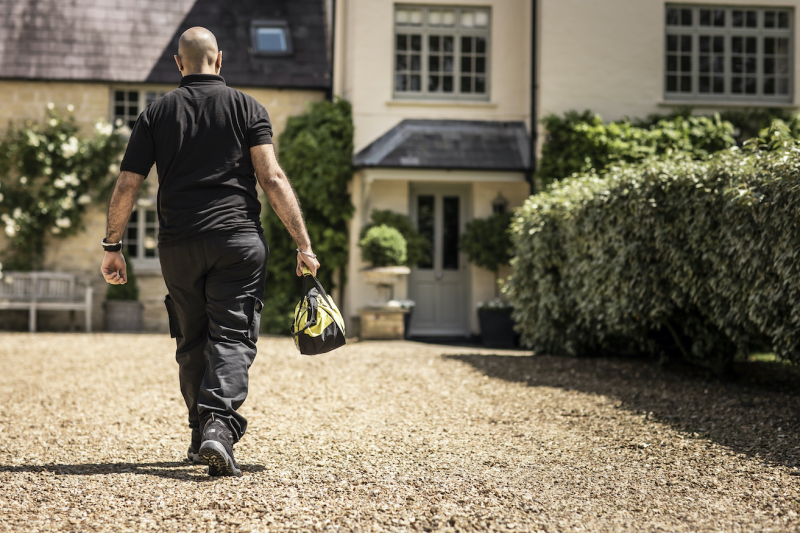Niall Parkin_sustainable fuels product manager, Calor
The UK Government has set an ambitious target to reach Net Zero carbon emissions by 2050. Much of the focus on meeting these targets has been on electrification, transitioning homes, transport, and industry to electric power as the primary route to decarbonisation. While electrification is a critical part of the solution, it’s not a one-size-fits-all answer. For off-grid rural communities, transitioning to an electrified energy source can be impractical and expensive. BioLPG offers a sustainable energy solution while using existing infrastructure.
Electrification: not a one-size fits all solution
The case for electrification is a convincing one, and the need for businesses and homes to reduce carbon emissions is a mounting pressure on installers and homeowners. But when it comes to electrification, the transition is not easy—especially for homes in rural areas, where it can be both costly and extensive. As an industry, we must invest in alternative solutions that still tackle the problem of high carbon emissions. Though gas is often deemed a less practical solution for reaching a more sustainable future, there are energy sources such as BioLPG which offer a better, more environmentally friendly method for rural communities.
Even in communities who are ‘on-grid’, electrification may not work for those not looking to change their energy infrastructure entirely. Individual preferences vary across homes and businesses, and so should their energy solution options. The cost of changes to older houses can be substantial, with retrofitting often expensive and impractical for those wanting to reduce emissions quickly. When considering these issues, it is important to review all options without relying solely on electrification as the solution to reach impending government targets.
The case for BioLPG
BioLPG is a renewable, lower-carbon alternative to conventional LPG, offering a compelling and inclusive path forward, with up to 90% carbon savings depending on the source material. One of its greatest strengths is compatibility as BioLPG can be used in existing LPG boilers, cookers, and infrastructure without modification, making it a drop in solution that requires minimum effort. Instead of purchasing entirely new systems, BioLPG allows for a sustainable switch that can be completed easily and can even be supplied and installed by the same provider as regular LPG. The fast transition to BioLPG also has the added benefit of providing rapid usage of heating and ventilating once implemented, ensuring people don’t lose access to their energy source allowing them to consistently live in comfort.
Cost savings are a key concern for many during times of financial uncertainty with high living costs. Though people are also conscious of carbon emissions, it is important to also consider financial burden energy changes can result in. By switching to BioLPG it ensures that the costs remain at a minimum, without the need to disrupt existing systems.
Seamless transition
The seamless transition from LPG to BioLPG is especially valuable for the two million UK homes currently off the gas grid, many of which rely on LPG or oil for heating. BioLPG is already making a difference in sectors like agriculture, hospitality, and rural housing, where it provides a cleaner, more sustainable energy source without the need for costly retrofits. It’s a practical, scalable solution that supports immediate decarbonisation while longer-term infrastructure evolves.
BioLPG also plays a vital role in energy equity, offering a viable low-carbon option for those who can’t access or afford full electrification. Rather than competing with electric solutions, BioLPG complements them—filling critical gaps and ensuring that the path to net zero is open to everyone, not just those on the grid.
As we prioritise our planet’s future, we must also consider options that deliver short-term benefits, helping to secure a solution which can benefit our world as much as our pockets.
